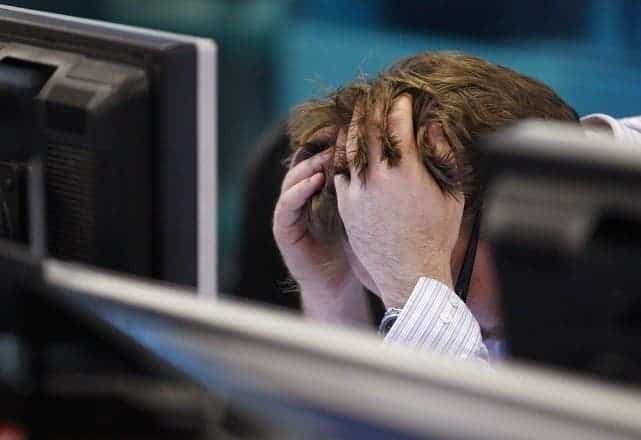Each year worldwide about one million people decide to take their own lives. Overriding your conservation instincts isn’t easy, let’s say, and this typically happens on the onset of mental illness. In a society where people lives get ever more confused with their occupation, stress at work can sometimes trigger a tragedy. The numbers don’t lie. According to researchers at the National Institute for Occupational Safety and Health 1,700 people died by suicide on the job between 2003 to 2010.
Men were 15 times more likely than women to commit suicide at the workplace. The most vulnerable are those working in protective services (medicine, law enforcement, military), followed by farming, fishing and forestry.
In times of great economic distress, people might feel there is no way out. Another study found that the latest economic recession might be responsible for 10,000 self-inflicted deaths in North America. But even if one in five suicides are triggered by unemployment, there are still many with jobs who decide to take an unfortunate shortcut – even those gainfully employed. According to Hope Tiesman, Ph.D., an epidemiologist at the National Institute for Occupational Safety and Health, the fine line between personal and work life is shrinking. We become more and more identified with what we do. It’s very easy to say ‘I’m a fireman’;’I’m a doctor’, and lose track of the fact that first and foremost we’re all human beings.
“The reasons for any suicide are complex, no matter where they take place. Usually many factors are at play,” says Christine Moutier, the chief medical officer of the American Foundation for Suicide Prevention (AFSP). Among them are economic and work-related stressors.
At Foxconn, one of the biggest employers in the world, 18 people working at the factory in Shenzhen, China, attempted suicide in 2010. Another 150 threatened an en masse death jump in 2012 in protest of low wages and poor working conditions. Having a gun makes things a lot easier than jumping off a window, though. This might explain why law-enforcement officers and firefighters were more than 3.5 times more likely to take their lives at work than those in other occupations.
“There are many risk factors for suicide—from a person’s mental or physical health to his or her genetics—and workplace suicide is no exception,” she points out. “But by far the greatest risk is whether someone has access to the means—a gun, prescription medicines—to commit a suicidal act.”
What might sound surprising, however, is that workplace suicides among farmers are more frequent than among policemen. Financial hardship and rural isolation have been previously linked with suicide risk.
The researchers argue that employers should be very careful for signs of potential suicidal behavior. New and innovative workplace mental health programs that are tailored to the population that they have working there should be implemented. It’s important for people having suicidal thoughts to know that at least there’s someone who could help them deal with their work related problems. This is where AFSP’s Interactive Screening Program (ISP) might come in handy. Initially developed to help identify college students with serious depression or other suicide risk factors, the ISP has now been adapted for screening workplace vulnerabilities. Employees can take a survey, and after they’ve finished a person receives a response from a counselor that provides options for follow-up evaluation and treatment.










